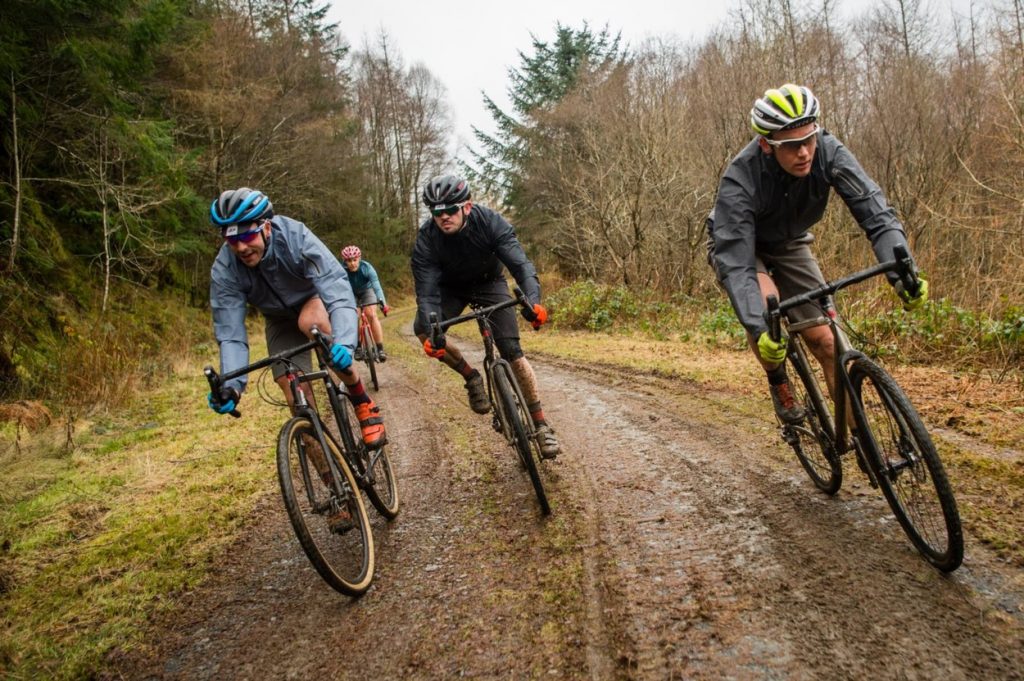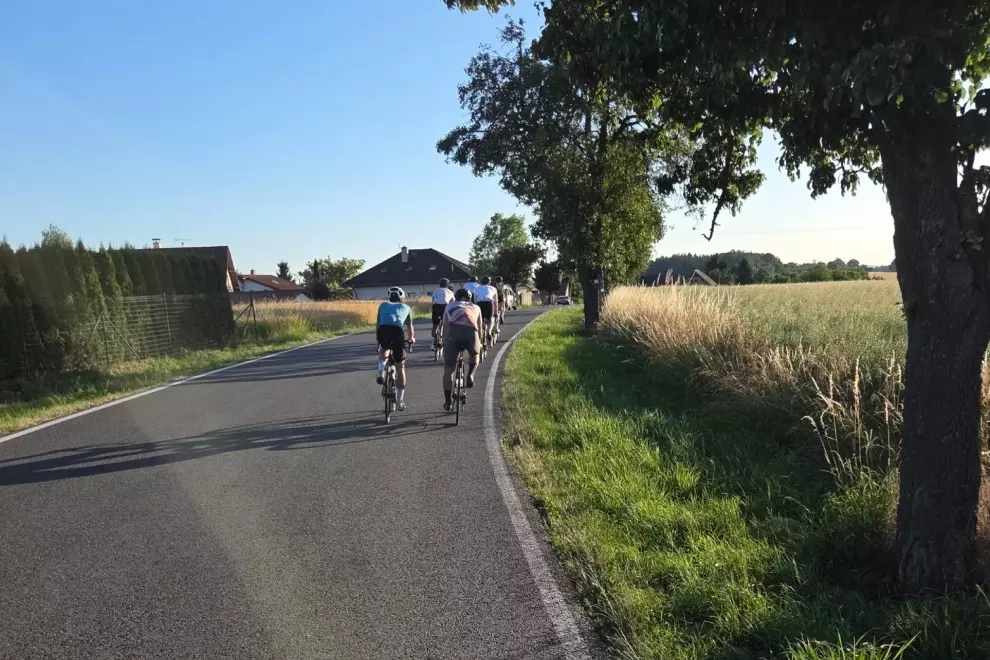With more people riding bikes than ever before, and cyclists appreciating the freedom of their sport in the deepest and most profound sense, it is worth celebrating just a few of the times the cycling community demonstrated solidarity and strength in the face of challenge and uncertainty.
Social distance cycling communities brightened our online spaces

A phrase that most of us had probably never spoken before March 2020, “social distance” quickly became a cornerstone of our lives and interactions. A troubling and lonely reality ensued for many, and yet—human beings promptly rose to the occasion, proving just how adaptable and resilient we are. One such iteration of this irrepressible spirit was the Social Distance Cycling Club (and other similar groups). As soon as we were told we needed to stay away from one another, online communities blossomed to help fill the void and let people know they were not alone. If you haven’t joined a cycling community like this, it is not too late. These online spaces are a wonderful way to find inspiration, humour, and support.
Cycling acknowledged its diversity problem and promised to do better
Beyond the pandemic, 2020 brought another crucial event that would reshape the world around us. The killing of George Floyd and the subsequent uprising prompted a serious reckoning in virtually all facets of society—cycling community included. In response to the events, many teams, organisations, and governing bodies stepped up to the plate to discuss what they could do to support Black Lives Matter and work towards more meaningful representation in cycling.
Initiatives like bike-specific demonstrations brought thousands of cyclists together in solidarity and organisations like USA Cycling and Trek Bikes put their commitment to equality in writing. We saw a proliferation of new programs to promote diversity, including plans that will require all staff members to undergo diversity and inclusion training. Most recently, The Black Cyclists Network was formed to encourage individuals from minority backgrounds to become involved in cycling, and they are organising a series of races, in addition to a training camp in the spring in Malaga, Spain. Of course, we all have a role to play in changing the face of cycling, and we look forward to seeing riders from a more diverse array of backgrounds taking up our beloved sport in the years to come.
People rode their bikes to help support those on the front lines of the pandemic
In addition to taking to the streets to fight for racial justice and equality, many cyclists also found ways to use their bikes to raise funds for those putting themselves at risk in order to keep others safe. Setting an early example, Geraint Thomas, winner of the 2018 Tour de France, took to his at-home bike trainer in April, booted up Zwift, and rode for an astonishing 12 hours for three days straight to raise money for the United Kingdom’s National Health Service (NHS). Thomas also invited other Zwift riders to join his efforts, and many, such as 12-year-old Mak Larkin took him up on the offer. Mak successfully matched Thomas’s impressive 36 hours on the trainer while also raising more than $4,700 on his own for the NHS.
Zwift rode the momentum and organised a four-week series of fundraiser rides as part of its Tour for All in May. The money raised went to Doctors Without Borders for its COVID-19 crisis fund. Organisations like The Bike Project also undertook a program to deliver bikes to refugees instead of asking them to risk their health on public transport. And these are just a few of the hundreds of ways people used their bikes to fight the impact of the virus and show that the cycling community is too strong to be stopped.
We talked a lot about mental health and how to improve it
A lot of these fundraising efforts also highlighted the central role that cycling plays in maintaining good mental health in the lives of many. The constraints imposed by the pandemic meant that most go-to coping mechanisms and mood-boosting activities were simply unavailable, not to mention the pervasive tone of isolation and anxiety. More people started thinking about the link between cycling and their mental health and sought to share their experiences with others.
A survey commissioned by BikeRadar and CALM, for example, revealed that 87 per cent of cyclists have used riding to boost their mental health during the coronavirus lockdown. Over a third of those polled admitted to struggling with mental health issues since lockdown began, but nearly nine in ten of respondents agreed that cycling has a positive impact on their mental health and credited it with helping them cope.

Cities and governments started listening to the needs of cyclists
Be it for mental health, exercise, transportation, or just to have some fun, people went bike-crazy in 2020. With shops and online retailers recording record numbers, the sport of cycling underwent a major growth spurt. Although those of us who’ve sworn by our bikes for years didn’t need any help understanding why, it was pleasantly surprising to see cities and government officials take note of the trend and start to look for ways to make their communities friendlier for the influx of two-wheel travellers.
Cities from Brussels to Mexico City invested heavily in new cycling infrastructure, building additional cycling paths and lowering speed limits. France vowed to provide residents up to 50 euro for repairs so they can get their bicycles ready for post-lockdown rides and there seems to be a general consensus that more people on bikes is good for everyone. Let’s hope that’s the attitude that carries us into 2021!




